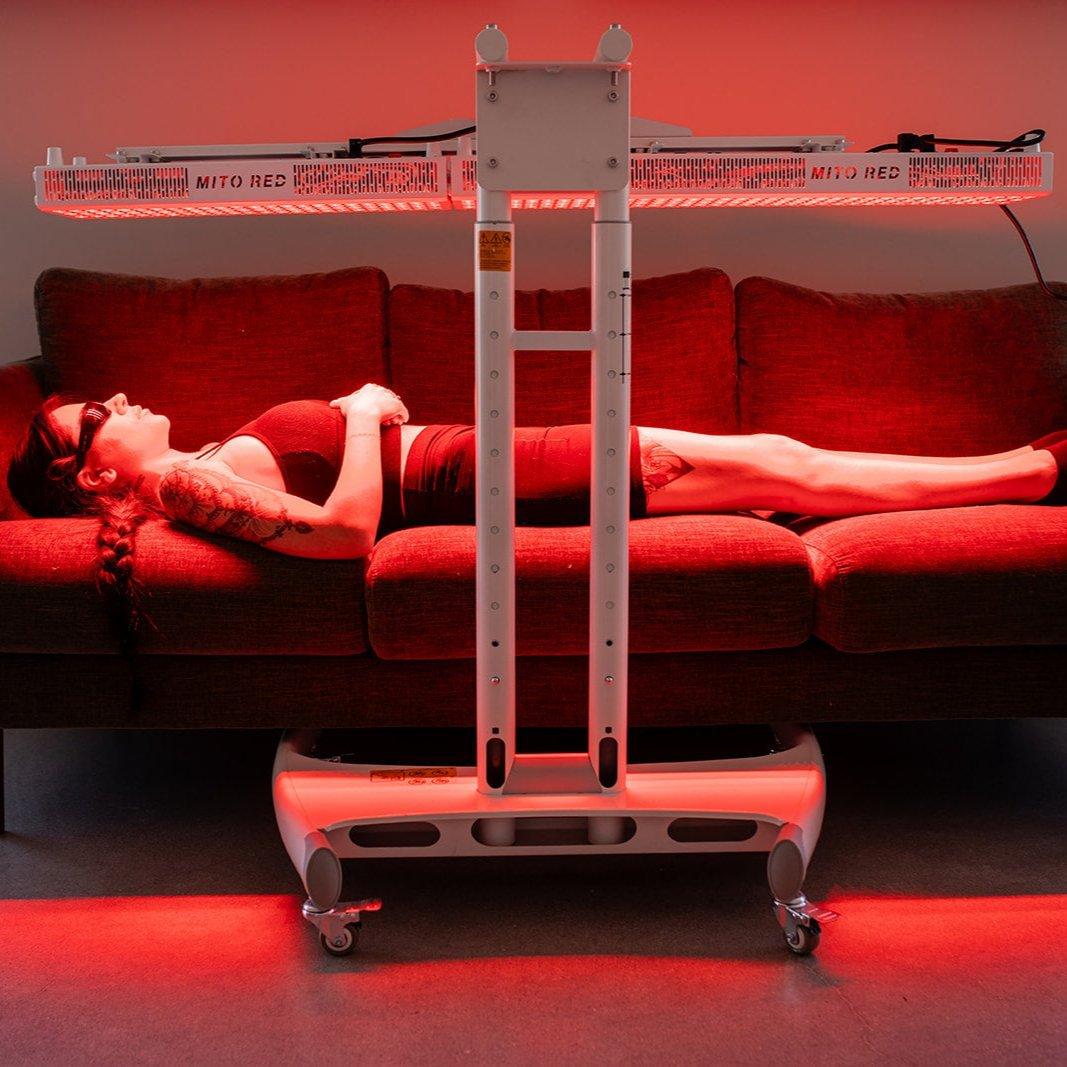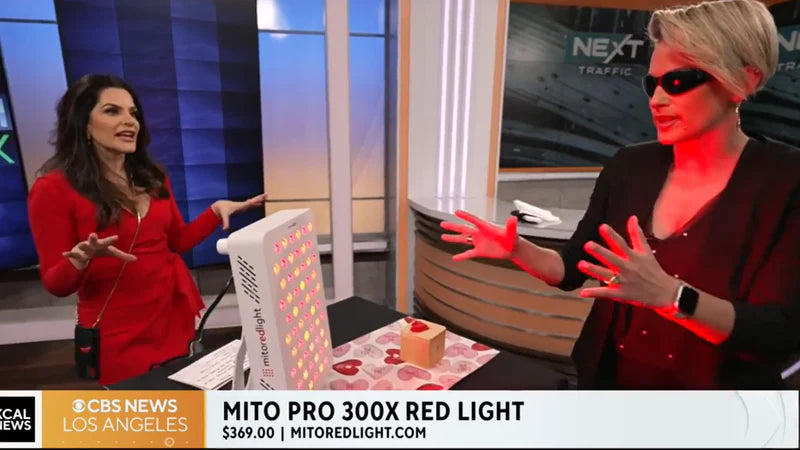Photobiomodulation (PBM) has been known to facilitate the healing of numerous ailments including diabetic wounds. PBM is not broadly acknowledged largely due to scepticism regarding its mechanism of action, including the specific molecular targets and the effects rendered at a tissue, cellular and molecular level. Diabetes mellitus (DM) reduces cellular signalling, including the phosphatidylinositol 3 kinase/protein kinase B (PI3K/AKT) signalling pathway that is critical during wound healing. In DM, wound chronicity is common and may lead to non-traumatic limb amputation. This study investigated the hypothesis that PBM at 660 nm activates PI3K/AKT and downstream signalling proteins in fibroblast cells in vitro. Cells were incubated for 24 and 48 h after PBM (660 nm and 5 J/cm2), followed by evaluation of activated PI3K/AKT and downstream mammalian target of rapamycin (mTOR) and glycogen synthase kinase-3 beta (GSK3β) signalling proteins using western blotting and ELISA. Irradiated cell models displayed increased activation of PI3K/AKT and downstream mTOR and GSK3β signalling proteins. Our findings suggest that the therapeutic effects of PBM in stressed cells are through activation of the PI3K/AKT cell signalling pathway and downstream GSK3β and mTOR signalling proteins. This study provides a novel understanding into one of the probable molecular mechanisms in which PBM at a wavelength of 660 nm (5 J/cm2) enhances therapeutic activities in diabetic wound healing.






























